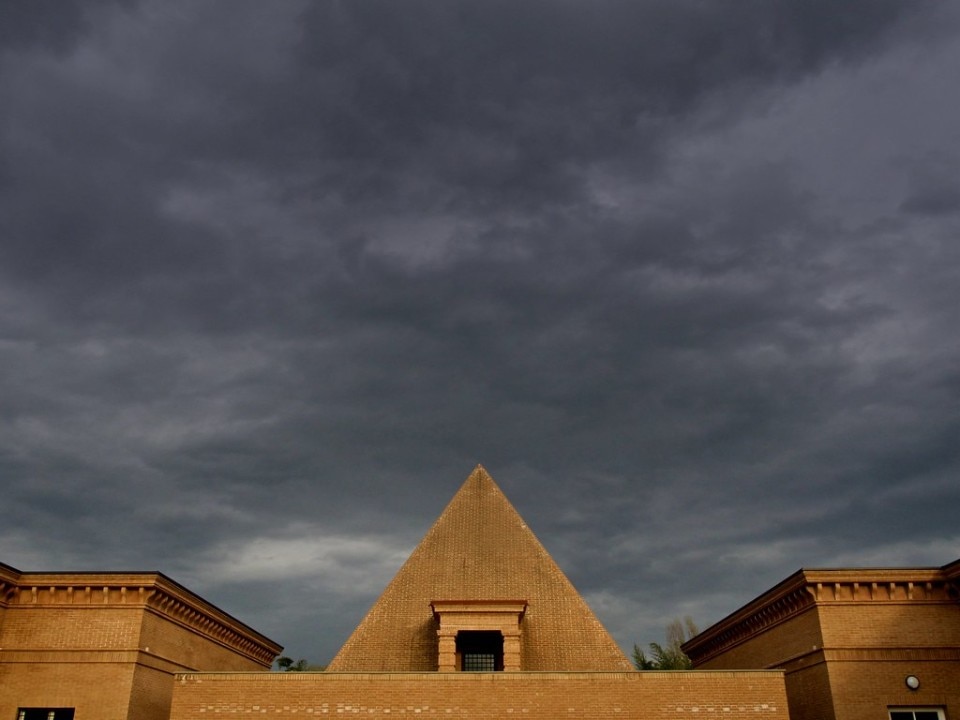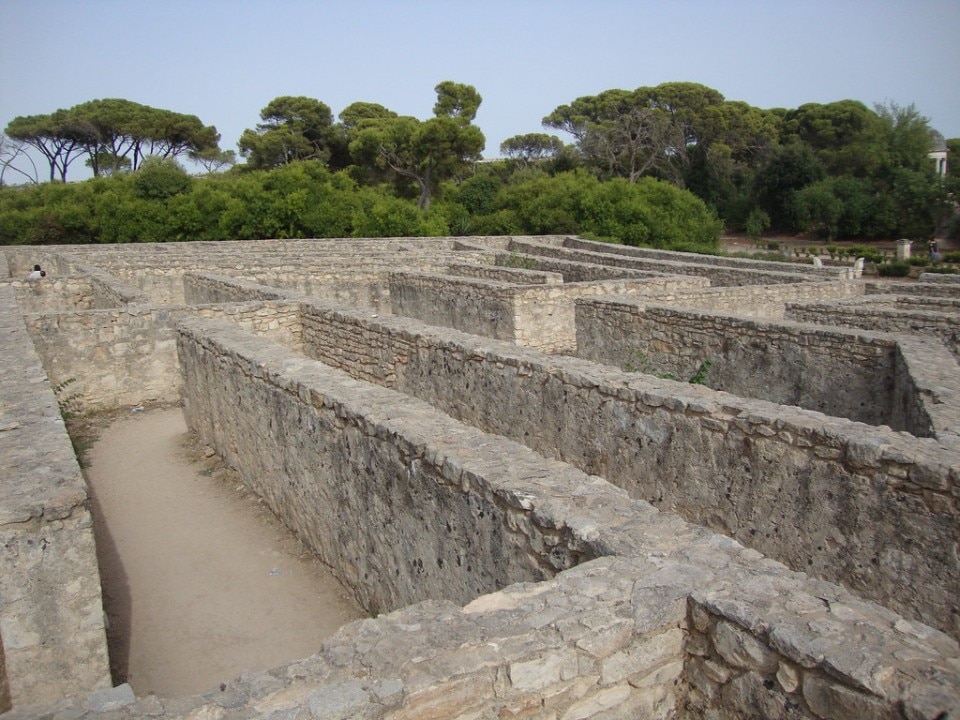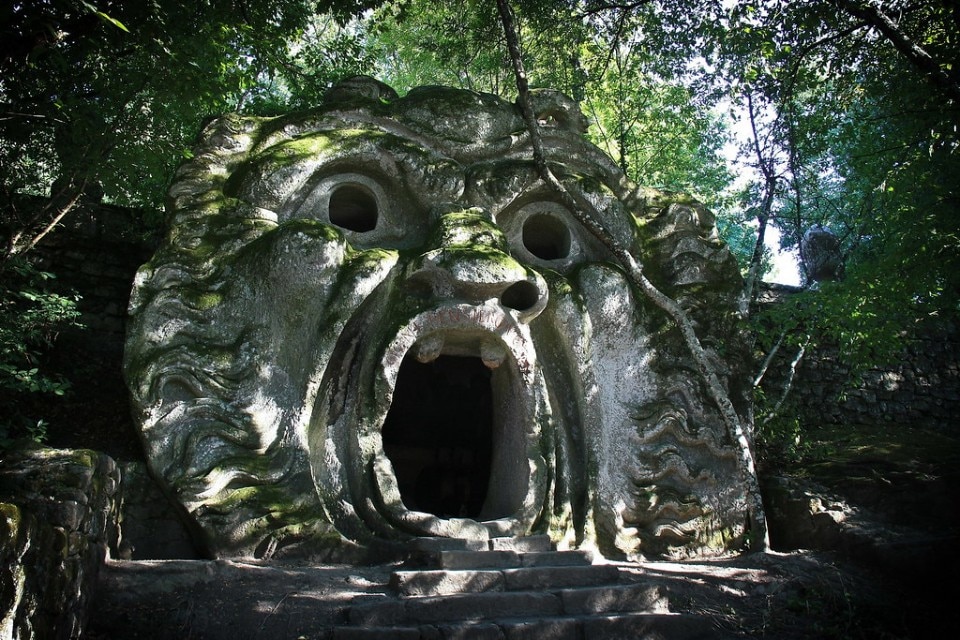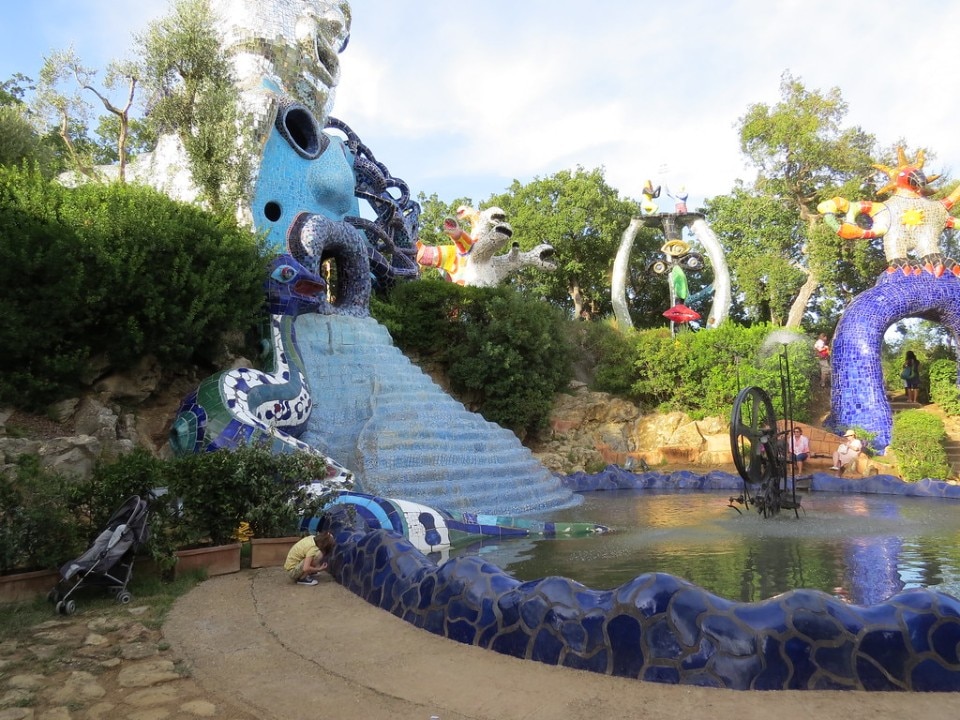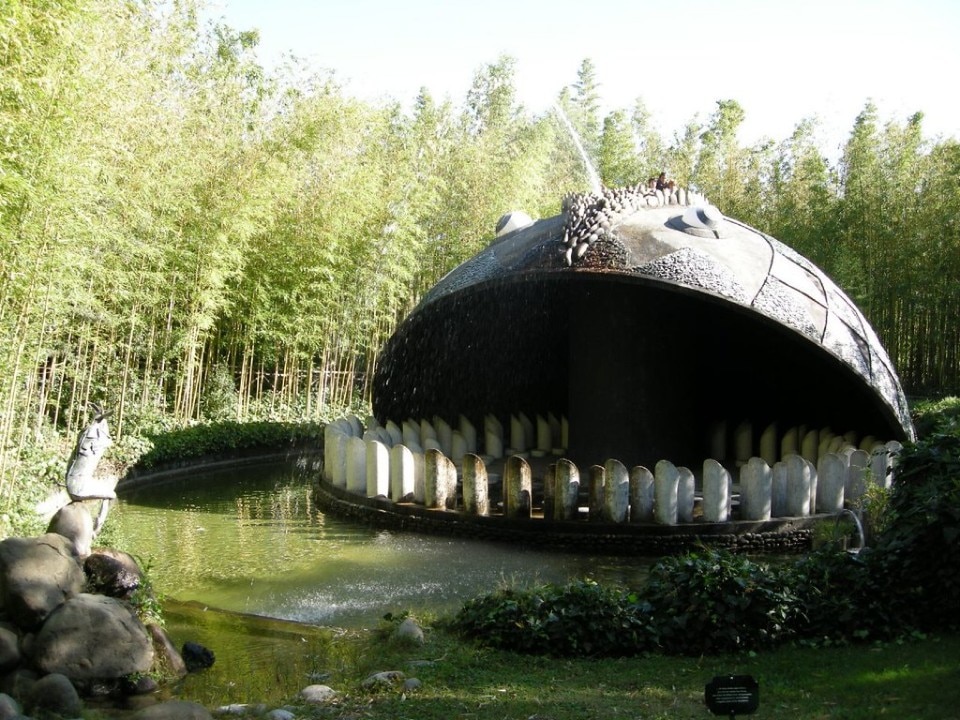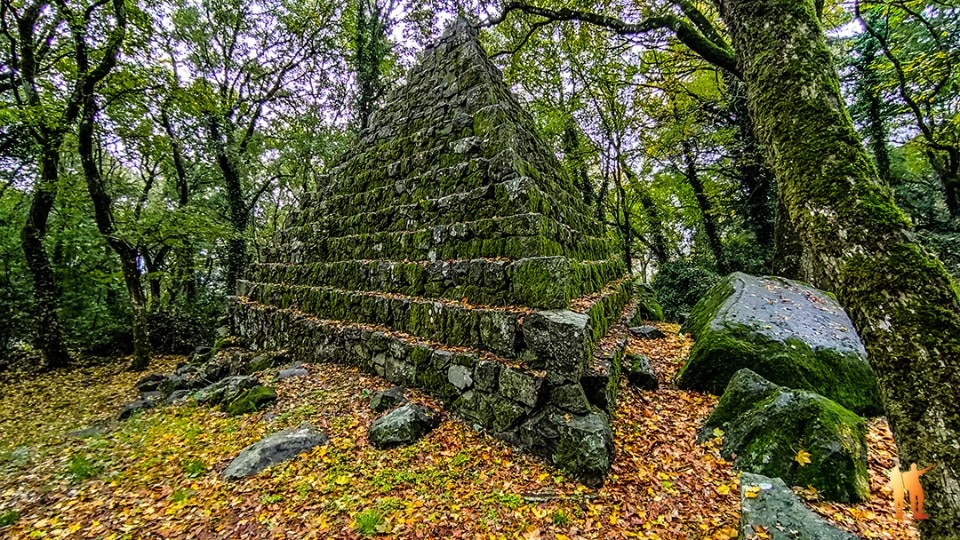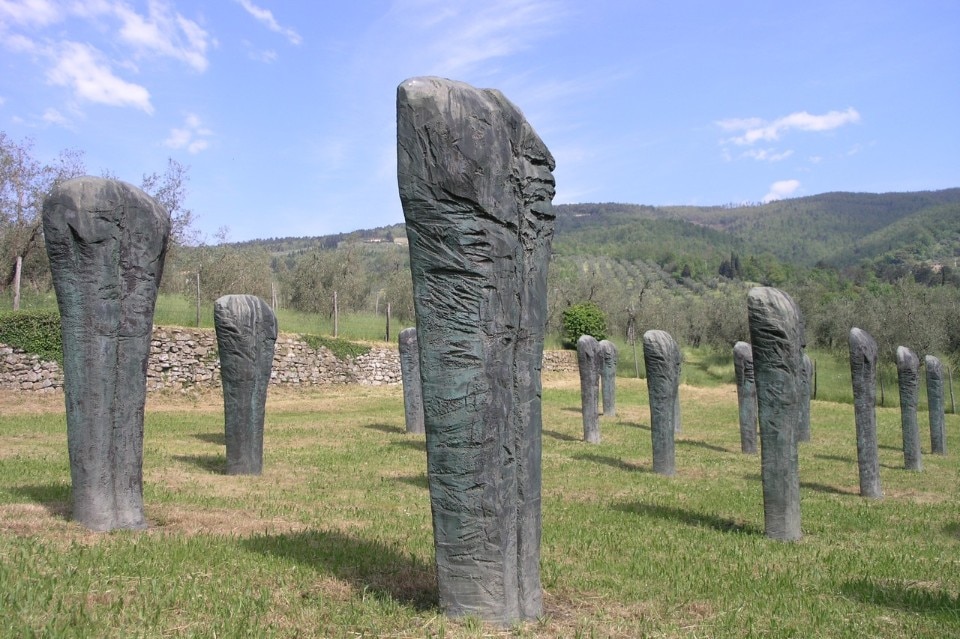“Give me odorous at sunrise a garden of beautiful flowers where I can walk undisturbed”. This is how Walt Whitman described the incomparable pleasure of a contact with nature, to regain an intimate and undisturbed relationship with Nature and with oneself.
If the garden has always evoked in the imagination a kaleidoscope of sensory emotions, the perceptual experience within a park can actually be very different depending on the design principles that inspired its genesis: pacifying and serene, as in the clear Italian gardens (Villa Garzoni Park); hermetic and esoteric, as in parks inspired by obscure symbologies and initiatory paths (Bosco Isabella, la Scarzuola, Tarot Garden); ludic, playful or intellectual, as in the thematic open-air museums dedicated to education (Pinocchio Park) and artistic expression (Musaba Museum Park, Chianti Sculpture Park, Celle Park); theatrical and “expressionist”, as in the gardens that evoke dreamlike and disquieting images (Bomarzo Wood, Enchanted Garden of the Heads).
The labyrinth is often a strongly characterizing element of the design: from Knossos, to Borges, to Kubrick (in The Shining), the labyrinth not only represents the thrill of losing one’s coordinates, leaving reason outside to embrace the unknown, but also evokes a cathartic journey, through which one can possibly find oneself again (Labyrinth of the Masone, Labyrinth of Villa Garzoni and Villa Pisani, Labyrinth of the Donnafugata Castle).
In all cases, the common denominator is always the intimate balance between artifice and nature because, as the naturalist John Muir said, “in every walk in nature man receives much more than what he seeks”.




